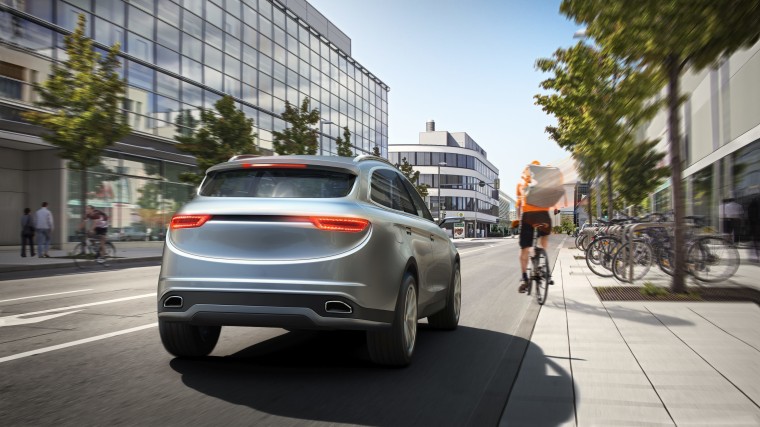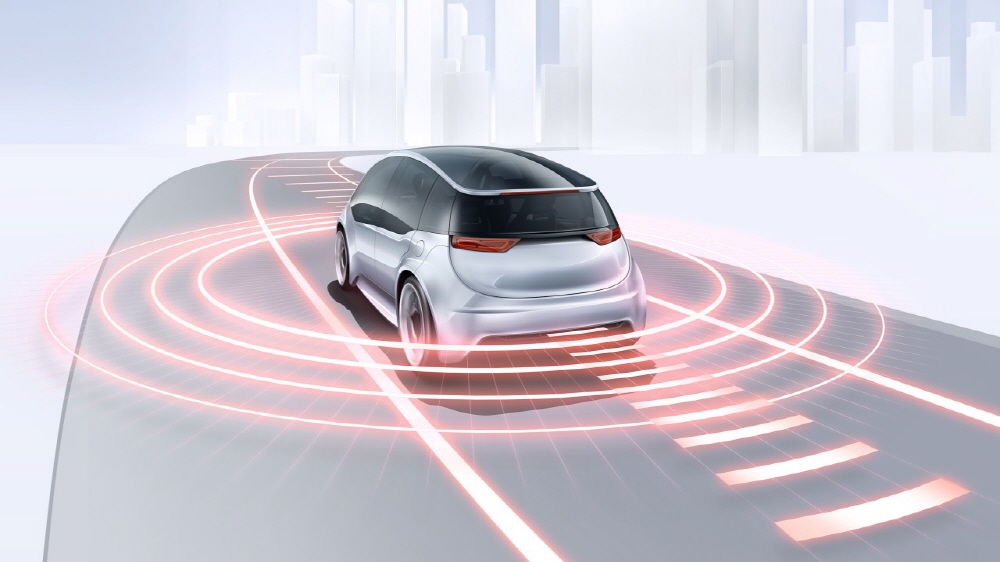
Bosch, Germany, announced that it has completed a long-distance rider dedicated to autonomous driving that responds to all cases of autonomous driving.
In 2017, Bosch decided that not only the camera image and radar detection but also the rider was essential to realize Level 3 or higher autonomous driving, and started development. Bosch says the new device is the first lidar sensor to be developed optimized for automotive use.
However, the rider group argues that autonomous driving has not been realized and that a combination of cameras, radar, and riders is necessary for safe autonomous driving and navigation. For example, when a motorcycle approaches a car at high speed at an intersection, it may be difficult to detect not only radar, but also motorcycle silhouettes and plastic buckets. If the camera is backlit, the accuracy can be compromised. Riders make up for these shortcomings.
There are also some such as Tesla’s Autopilot, which provides advanced autonomous driving functions with only camera sensors and radar without using expensive riders. However, Tesla had an accident in 2016 and 2019, respectively, in which a vehicle using an autopilot in a trailer on the road rushed and killed the occupant. In 2016, the white body of the trailer was not recognized by the camera due to the light, and the radar misunderstood that there was nothing here after looking at the tire and tire gap under the trailer carrier. It is believed that the 2019 accident may be a similar problem.

The lidar system using a laser can improve the safety of autonomous driving functions by interlocking with the camera and radar by complementing the weaknesses of cameras and radars and performing 3D mapping around them. However, the rider is still not cost effective. If the price of riders is lowered, vehicles equipped with autonomous driving can be spread to more popular vehicles.
Bosch isn’t alone in developing lidar sensors. In 2019, Luminar announced a lidar system for less than $1,000, and Waymo, Google’s autonomous vehicle development division, said it would sell lidar sensors for less than $5,000. It’s a good thing to see this fall in rider prices from $75,000 just a few years ago. Additional costs are expected to decline as Bosch and others participate in the competition.
For reference, Bosch is also implementing countermeasures to increase accuracy by combining AI with camera functions for autonomous driving. This helps to quickly recognize vehicles, pedestrians and other vehicles crossing the front, even in partially vague images. Related information can be found here .


















Add comment